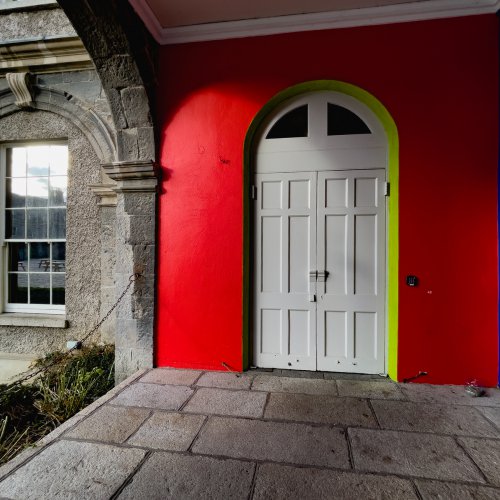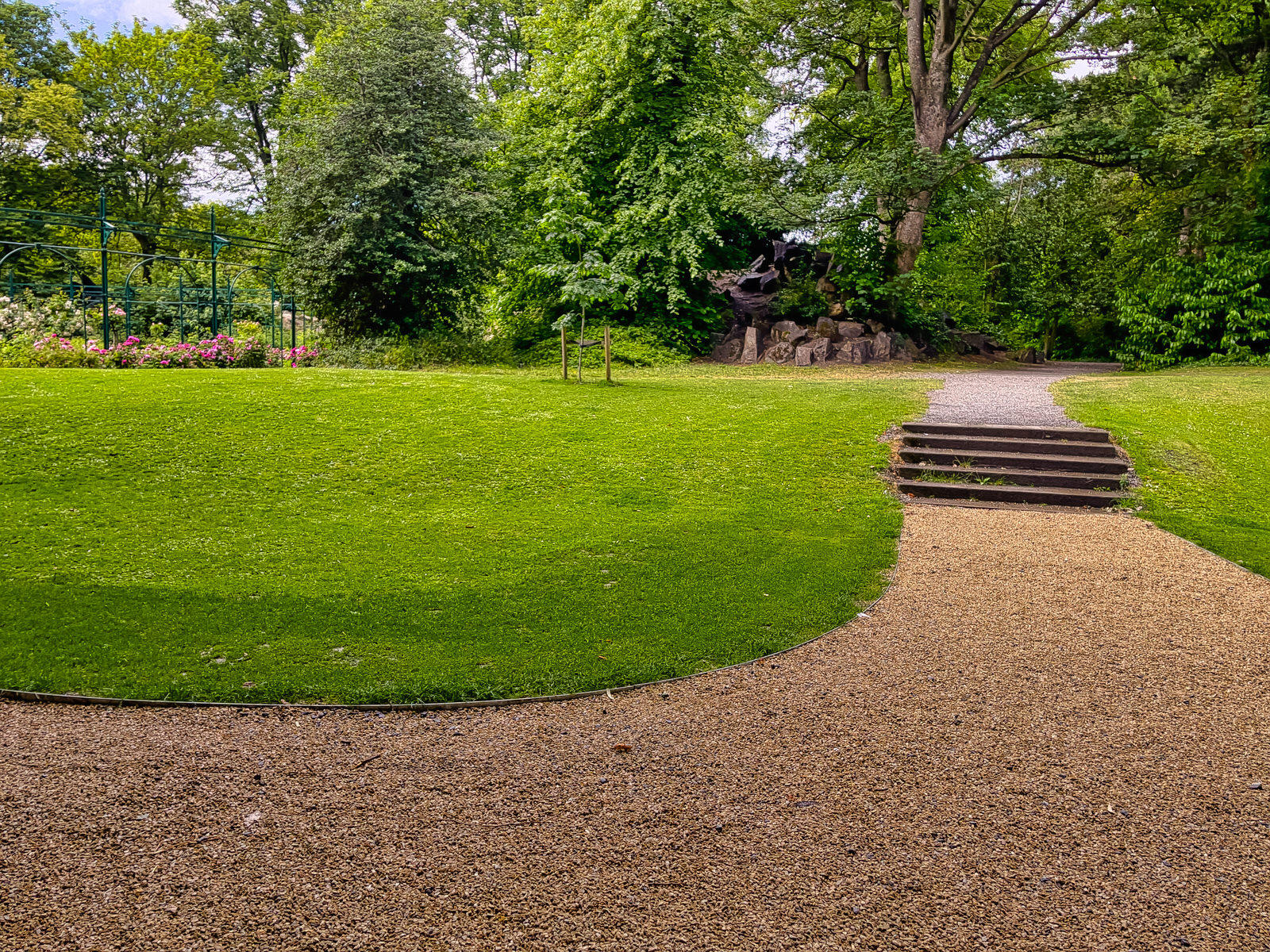The Baptist Church on Grosvenor Road was designed in 1859 by Carmichael and Jones, a partnership formed by Hugh Carmichael and Alfred Gresham Jones in 1854.

The Baptist Church on Grosvenor Road was designed in 1859 by Carmichael and Jones, a partnership formed by Hugh Carmichael and Alfred Gresham Jones in 1854.
Sandymount is an affluent coastal suburb in the Dublin 4 district on the Southside of Dublin in Ireland. Sandymount is located between 3 and 4 km south-east of Dublin's city centre. At the northern end it begins where Newbridge Avenue meets Herbert Road, running to Church Avenue at the coast, west along the DART rail line, and south to Merrion Gates. Sandymount Promenade runs along the coast road (Strand Road) from Sandymount Strand, down to Merrion Gates. It lies a little south of the Great South Wall in Dublin Bay.
FATHER COLLINS PARK CLONGRIFFIN
I visited on a very wet windy day, in January 2016, but the windmills were locked-down ... maybe the weather was unsuitable. Back then I used a Sony A7RII and a Sony FE35 35mm F1.4 lens. The name Clongriffin is a modern invention, a concatenation of "clon", the anglicisation of cluain (the Irish language word for meadow), and griffin. A griffin, griffon, or gryphon (the Irish of which is ghrífín) is a mythical beast and may be an element in the name of the adjacent district, Balgriffin.

VISIT MOBILE FRIENDLY SITE